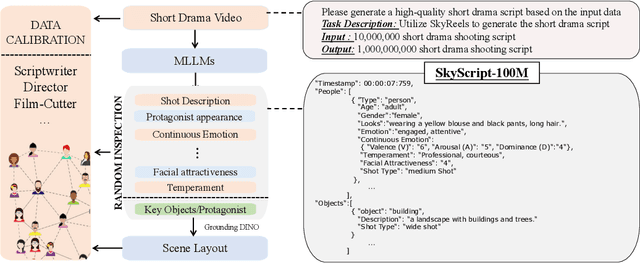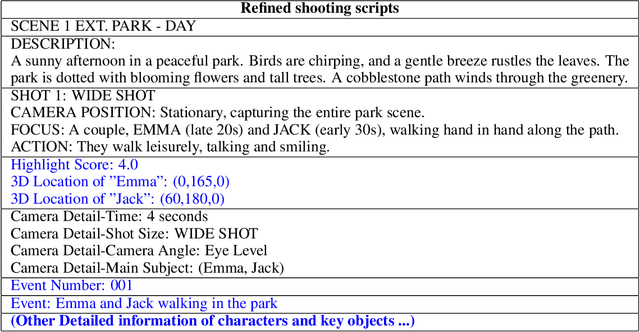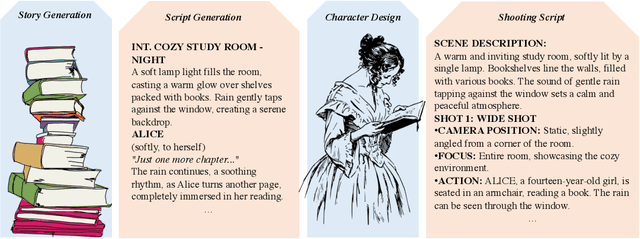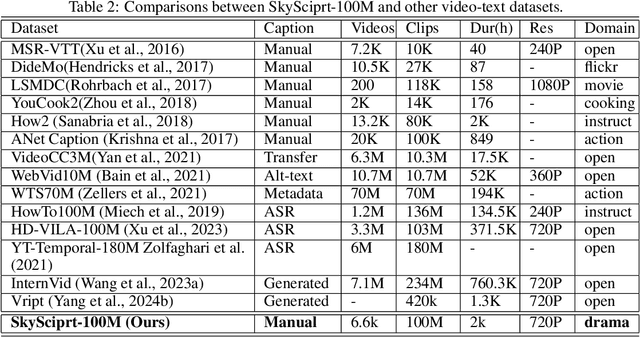Quanlu Jia
$R^2$-Mesh: Reinforcement Learning Powered Mesh Reconstruction via Geometry and Appearance Refinement
Aug 19, 2024



Abstract:Mesh reconstruction based on Neural Radiance Fields (NeRF) is popular in a variety of applications such as computer graphics, virtual reality, and medical imaging due to its efficiency in handling complex geometric structures and facilitating real-time rendering. However, existing works often fail to capture fine geometric details accurately and struggle with optimizing rendering quality. To address these challenges, we propose a novel algorithm that progressively generates and optimizes meshes from multi-view images. Our approach initiates with the training of a NeRF model to establish an initial Signed Distance Field (SDF) and a view-dependent appearance field. Subsequently, we iteratively refine the SDF through a differentiable mesh extraction method, continuously updating both the vertex positions and their connectivity based on the loss from mesh differentiable rasterization, while also optimizing the appearance representation. To further leverage high-fidelity and detail-rich representations from NeRF, we propose an online-learning strategy based on Upper Confidence Bound (UCB) to enhance viewpoints by adaptively incorporating images rendered by the initial NeRF model into the training dataset. Through extensive experiments, we demonstrate that our method delivers highly competitive and robust performance in both mesh rendering quality and geometric quality.
SkyScript-100M: 1,000,000,000 Pairs of Scripts and Shooting Scripts for Short Drama
Aug 18, 2024



Abstract:Generating high-quality shooting scripts containing information such as scene and shot language is essential for short drama script generation. We collect 6,660 popular short drama episodes from the Internet, each with an average of 100 short episodes, and the total number of short episodes is about 80,000, with a total duration of about 2,000 hours and totaling 10 terabytes (TB). We perform keyframe extraction and annotation on each episode to obtain about 10,000,000 shooting scripts. We perform 100 script restorations on the extracted shooting scripts based on our self-developed large short drama generation model SkyReels. This leads to a dataset containing 1,000,000,000 pairs of scripts and shooting scripts for short dramas, called SkyScript-100M. We compare SkyScript-100M with the existing dataset in detail and demonstrate some deeper insights that can be achieved based on SkyScript-100M. Based on SkyScript-100M, researchers can achieve several deeper and more far-reaching script optimization goals, which may drive a paradigm shift in the entire field of text-to-video and significantly advance the field of short drama video generation. The data and code are available at https://github.com/vaew/SkyScript-100M.
 Add to Chrome
Add to Chrome Add to Firefox
Add to Firefox Add to Edge
Add to Edge